5 Allspice Replacements That Capture the Same Notes
Finding suitable allspice substitutes can transform your culinary creations when this aromatic spice isn't available in your kitchen.
The distinctive flavor profile of allspice blends notes similar to cinnamon, nutmeg, and cloves; making it uniquely versatile yet sometimes challenging to replace with just one alternative.
Many home cooks face this dilemma during holiday baking seasons or when preparing certain ethnic dishes that call for this warm, complex ingredient.
Creative alternatives exist both as single spices and custom blends that capture the essence of traditional allspice without compromising the intended taste of your recipe.
The beauty of substitution lies in how it allows for personal preference adjustments while maintaining the dish's authentic character.
Professional chefs often recommend specific replacement ratios based on the particular food being prepared rather than using a one-size-fits-all approach.
After reading our comprehensive guide, you'll feel confident making smart spice swaps that honor your recipe.
Why You Might Need an Allspice Substitute
Allspice brings a unique mix of flavors that can remind you of cloves, cinnamon, and nutmeg, but there are several reasons why you might look for a replacement in your recipe:
Warm and Aromatic Allspice Alternatives
Allspice swaps add gentle warmth to desserts, marinades, and spice blends. Every choice changes the balance just a little. Check out which ones could freshen your spice rack.
Five Spice Powder
Replacing allspice is easy with five-spice powder, a powerful blend containing cinnamon, ginger, cloves, fennel, pepper, and star anise.
This tasty mixture delivers the same spicy-sweet warmth that makes allspice so special in cooking.
Many people prefer this substitute because it works perfectly in both sweet and savory dishes without any adjustment to measurements.
The balanced flavor profile mimics allspice so well that most people can't tell the difference when it's used in pies, stews, or marinades.
Five-spice powder can be found in most grocery stores near other spices or in the international foods section.
Cloves
Substituting cloves for allspice brings an intensely warm, sweet and earthy flavor to your dishes, though their stronger taste means using about half the amount called for in recipes.
Ground cloves shine in baked goods and cooked meals where their rich flavor can fully blend with other ingredients.
Whole cloves serve as excellent replacements for allspice berries in beverages such as mulled cider or wine, adding deep aromatic notes as they steep.
The main difference lies in the missing peppery notes that allspice provides, which can be adjusted by adding a tiny pinch of black pepper to maintain balance.
Pumpkin Pie Spice And Pepper
Substituting pumpkin pie spice for allspice offers a convenient solution when your spice cabinet comes up short.
This aromatic blend contains several warming spices including cinnamon, ginger, cloves and nutmeg that provide similar flavor notes to allspice.
Most store-bought versions lack the signature peppery kick that makes allspice distinctive, so adding a small pinch of black pepper or cayenne helps create a more authentic taste profile.
The modified mixture works wonderfully in a range of dishes from baked treats to hearty stews and chilis.
Home cooks appreciate this simple swap because it utilizes ingredients already on hand and maintains the intended flavor balance of the original recipe.
Nutmeg
Substituting nutmeg for allspice provides the rich warmth and earthiness needed in most recipes.
This aromatic spice works beautifully in baked goods where its subtle complexity shines through without overwhelming other flavors.
Nutmeg lacks allspice's distinctive peppery notes, so adding a small pinch of black pepper helps create a more authentic flavor in savory dishes.
For best results, start with half the amount called for in your recipe- about a quarter teaspoon of nutmeg for every half teaspoon of allspice- then adjust according to your preference.
Cinnamon
Substituting cinnamon for allspice works remarkably well in most recipes since these spices often appear together in many dishes.
Equal amounts of ground cinnamon can directly replace ground allspice in sweet treats like cookies, cakes, and apple pies without anyone noticing the difference.
For savory dishes, a small dash of black pepper mixed with the cinnamon helps recreate allspice's slight peppery quality that makes it special in stews and marinades.
Home cooks appreciate this swap because both spices share warm, aromatic qualities that complement similar foods.
Tips for Grinding and Mixing Your Own Allspice Substitutes
Making your own allspice substitute is easy and lets you adjust the flavors to fit your recipe, especially when you can’t find allspice at the store:
Choose Your Spices
Classic allspice substitutes combine ground cinnamon, cloves, and nutmeg because together they create a warm, slightly peppery, and sweet flavor profile similar to real allspice.
Adjust The Ratios
The common blend is equal parts cinnamon, cloves, and nutmeg, but you can tweak the ratios, add more nutmeg for warmth or more cinnamon for a milder, sweeter taste.
Grind Fresh For Better Flavor
Grinding whole spices fresh using a coffee grinder, spice grinder, or mortar and pestle releases stronger aromas and brighter flavors compared to pre-ground spices.
Mix Well
Whisk the ground spices thoroughly in a small bowl or shake them in a sealed container until fully blended, ensuring every pinch has a consistent, balanced flavor.
Store Correctly
Store your homemade spice blend in a small airtight jar kept in a cool, dark place like a spice cabinet to preserve its potency and freshness for longer.
Taste Before Using
Sample a pinch directly or mix a small amount into your dish before cooking to adjust the blend, making it taste as close to original allspice as you prefer.
FAQs on Allspice Alternatives
1. Is pumpkin pie spice a good substitute for allspice?
Yes, pumpkin pie spice contains similar components and can work well in baked goods and sweet recipes.
2. Can cloves replace allspice by themselves?
Cloves are stronger and more pungent, so use them sparingly. For best results, combine with cinnamon or nutmeg.
3. How much of the cinnamon-clove-nutmeg mix should I use?
Replace 1 teaspoon of allspice with ½ teaspoon cinnamon, ¼ teaspoon cloves, and ¼ teaspoon nutmeg.
4. Can I use garam masala instead of allspice?
Garam masala is quite different but may work in savory dishes where a warm, spicy flavor is welcome.
5. Is allspice the same as mixed spice?
No. Mixed spice often contains allspice but also includes other ingredients like coriander or ginger.
6. What’s a good allspice substitute in savory dishes?
Try using ground cloves and black pepper, or a mix of cinnamon and cumin for depth in meat-based recipes.
7. Are allspice berries the same as allspice powder?
Yes, allspice berries are the whole spice; when ground, they become allspice powder. Use berries when available and grind as needed.
8. Can five-spice powder replace allspice?
Five-spice has a different flavor profile with star anise and fennel, but in certain recipes, it can work with adjustments.

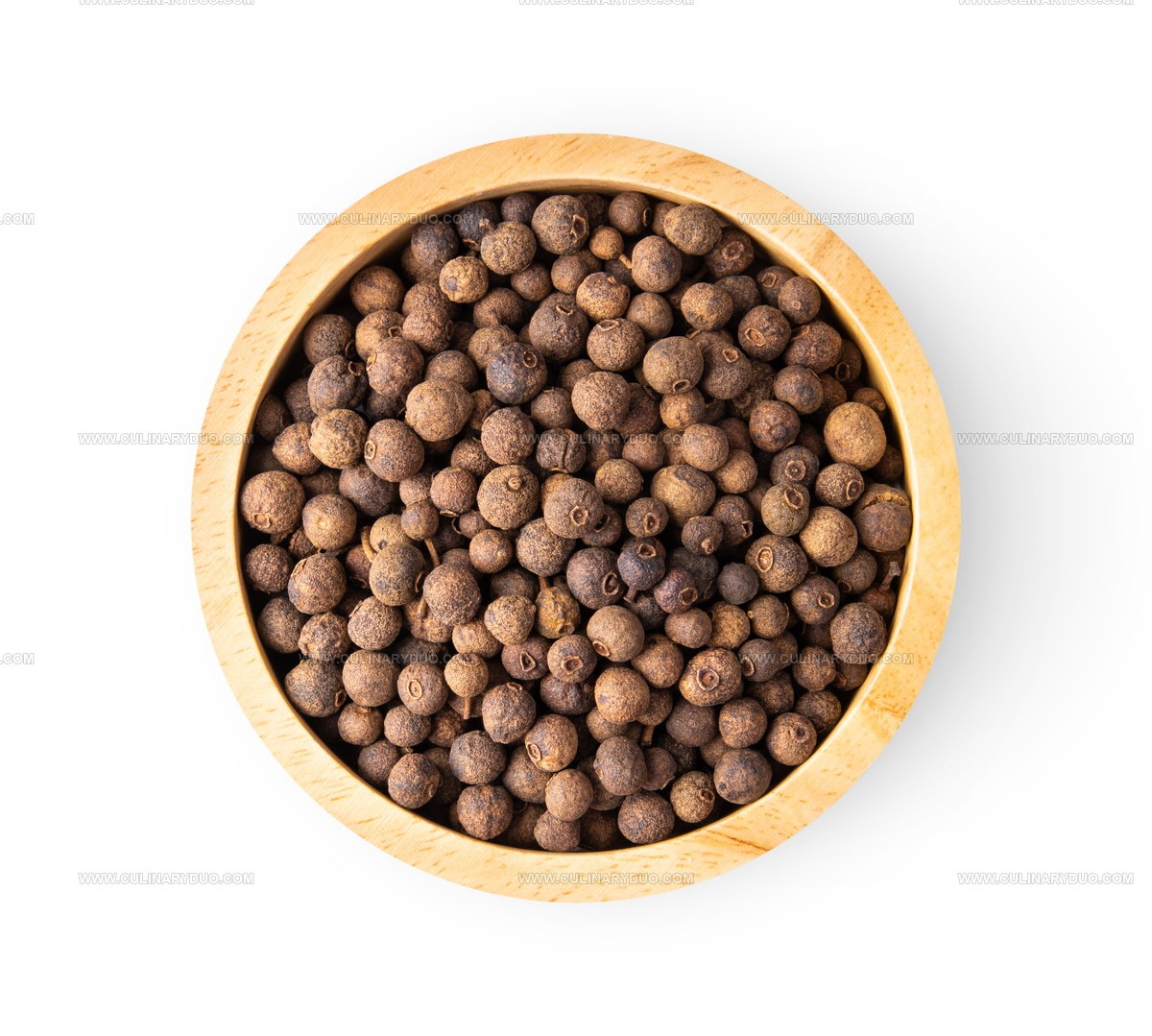
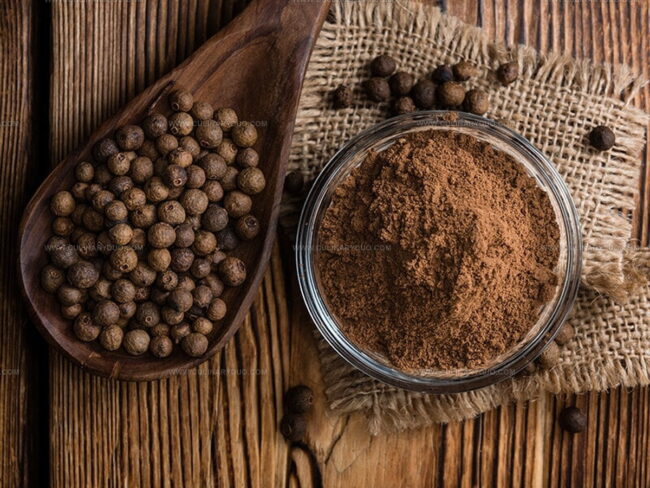
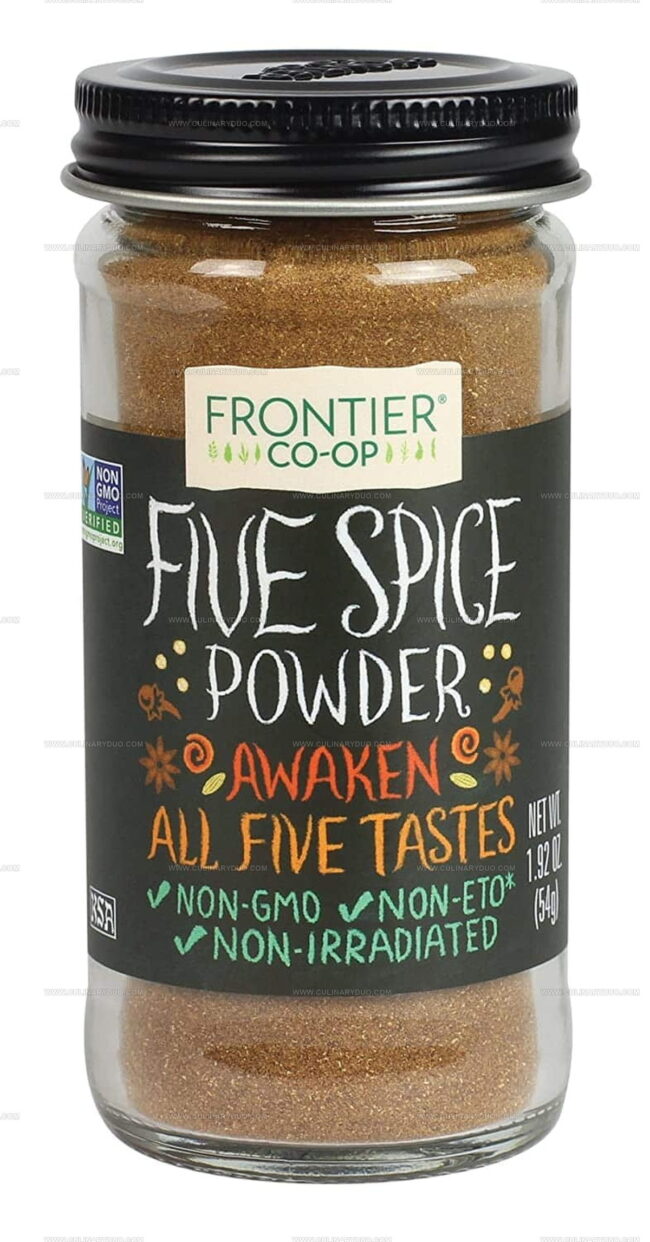
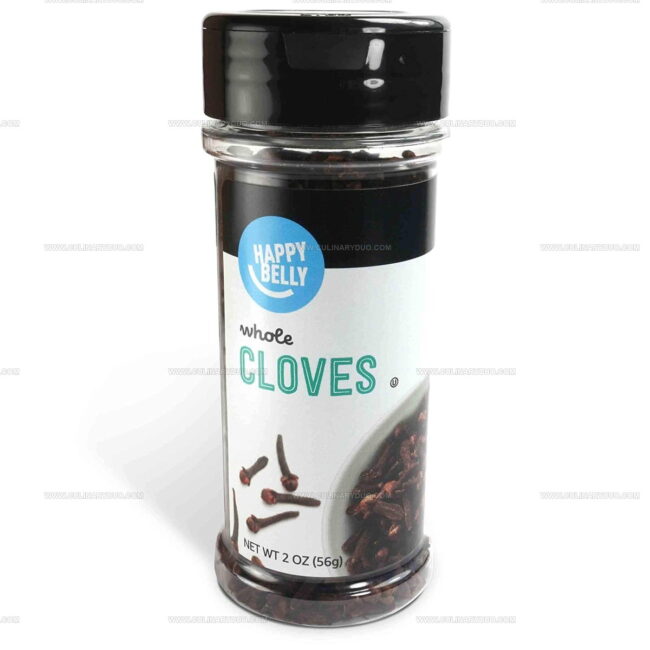
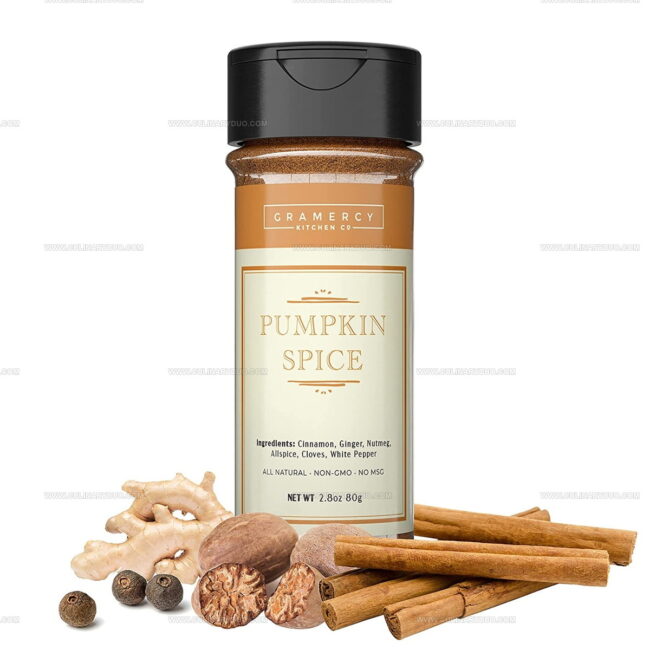
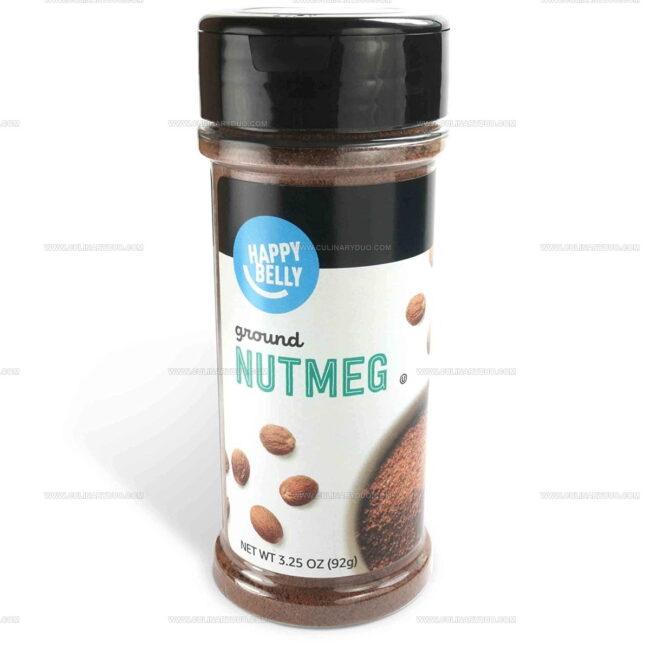
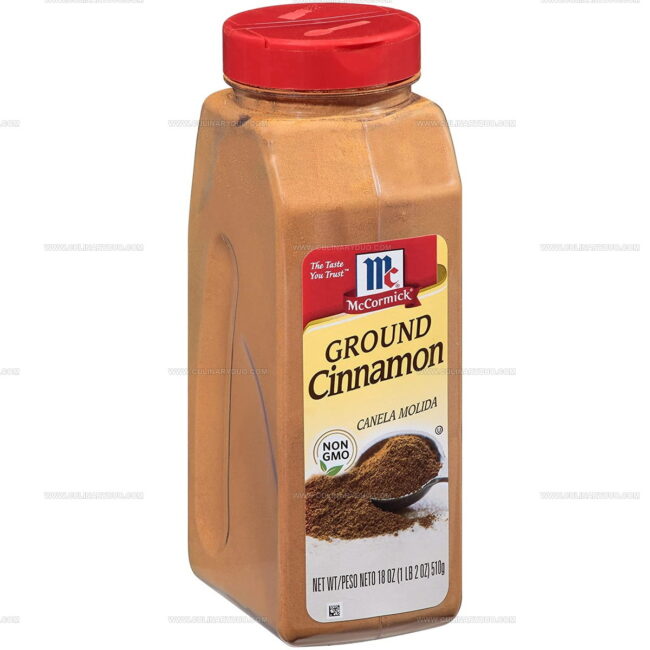
Natalie Brooks
Co-Founder & Content Strategist
Expertise
Education
eCornell
Natalie brings the vibrant, plant-powered side to Culinary Duo. After earning her Plant-Based Nutrition Certificate from eCornell, she combined her love for fresh ingredients with a passion for storytelling, aiming to make healthy cooking simple and satisfying.
Her kitchen motto: good food doesn’t need a fancy label, it just needs fresh ideas and a little creativity. Outside of writing and recipe testing, Natalie’s happiest in her garden, exploring farmers’ markets, or mixing global flavors into new kitchen experiments.